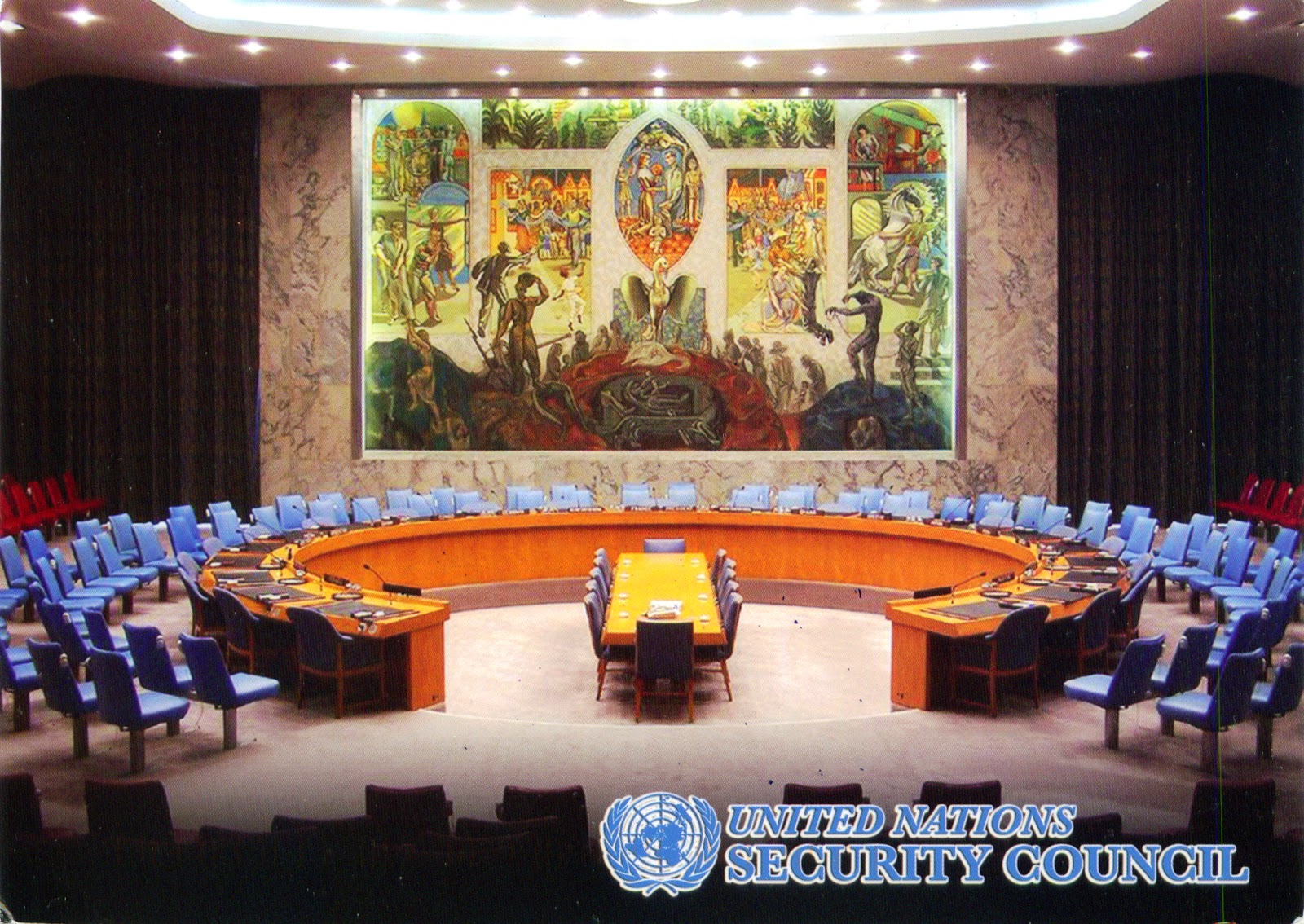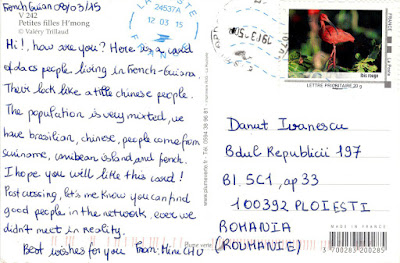Posted on 12.08.2014, 28.09.2014, 31.08.2015
The UN Headquarters is situated in the Turtle Bay neighborhood of Manhattan, New York City, on spacious grounds overlooking the East River,
and enjoys extraterritoriality. The complex was constructed in stages
with the core complex completed between 1948 and 1952. Rather than hold a
competition for the design of the facilities for the headquarters, the
UN decided to commission a multinational team of leading architects to
collaborate on the design. |
|
1177 Headquarters of the United Nations in New York
at sunset |
The American architect Wallace K. Harrison was named as Director of Planning, and a Board of Design Consultants was composed of architects, planners and engineers nominated by member governments. The board consisted of N. D. Bassov of the Soviet Union, Gaston Brunfaut (Belgium), Ernest Cormier (Canada), Le Corbusier (France), Liang Seu-cheng (China), Sven Markelius (Sweden), Oscar Niemeyer (Brazil), Howard Robertson (United Kingdom), G. A. Soilleux (Australia), and Julio Vilamajó (Uruguay).
 |
|
1178 The United Nations General Assembly building
|
The diminutive site on the East River necessitated a "Rockefeller Center"-type vertical complex, thus, it was a given that the Secretariat would be housed in a tall office tower. During daily meetings from February to June 1947, the collaborative team produced at least 45 designs and variations. After much discussion, Harrison, who coordinated the meetings, determined that a design based on Niemeyer's project 32 and Le Corbusier's project 23 would be developed for the final project.
 |
| 1862 Flags of the member states, arranged in alphabetical order in front of Headquarters of the United Nations |
Le Corbusier's project 23 consisted of a large block containing both the Assembly Hall and the Council Chambers near the centre of the site with the Secretariat tower emerging as a slab from the south. Niemeyer's plan was closer to that actually constructed, with a distinctive General Assembly building, a long low horizontal block housing the other meeting rooms, and a tall tower for the Secretariat. Le Corbusier and Niemeyer merged their schemes 23–32, and this, along with suggestions from the other members of the Board of Design Consultants, was developed into project 42G.
 |
| 1179 Balconies overlooking the main public entrance of the General Assembly Building at United Nations Headquarters |
The complex includes a number of major buildings. While the Secretariat building (154m) is most predominantly featured in depictions of the headquarters, it also includes the domed General Assembly building, the Dag Hammarskjöld Library, as well as the Conference and Visitors Center, which is situated between the General Assembly and Secretariat buildings, and can be seen only from FDR Drive or the East River.
 |
| 1863 Water fountain in front of the Headquarters of the United Nations |
Just inside the perimeter fence of the complex stands a line of flagpoles where the flags of all 193 UN member states, plus the UN flag, are flown in English alphabetical order. The UN' system is based on five principal organs: the General Assembly, the Security Council, the Economic and Social Council (ECOSOC), the Secretariat, and the International Court of Justice. The first four are located at the main UN Headquarters in New York City.
 |
|
1253 Human Rights Day Celebrated
at United Nations Headquarters 1952
|
The General Assembly is the main deliberative assembly of the UN. Composed of all UN members states, the assembly meets in regular yearly sessions, but emergency sessions can also be called. The General Assembly Hall is the largest room in the UN, with seating capacity for over 1,800 people. The design of the room was a collaborative effort by the team of 11 architects that designed Headquarters, and it contains no gift from any Member State.
 |
| 1864 Snowy Weather at United Nations Headquarters |
The only gift is anonymous: two abstract murals on each side of the Hall - designed by the French artist Fernand Leger. In the postcard is the celebration of the Human Rights Day at UN Headquarters in 1952. Addressing a full session of the General Assembly on the fourth annual celebration of Human Rights Day, the President of the Assembly, Lester B. Pearson of Canada, expresses his gratitude to all nations for what has been done "towards achieving a greater respect for fundamental human rights".
 |
|
1254 United Nations Security Council
|
The Security Council
is charged with maintaining peace and security among countries, and is
made up of 15 member states, consisting of 5 permanent members (China, France, Russia, the United Kingdom, and the United States), and 10 non-permanent members (for two-year terms). The Security Council Chamber was a gift from Norway, designed by the Norwegian architect Arnstein Arneberg. A central feature is the oil canvas mural painted by the Norwegian artist Per Krogh.
It depicts a phoenix rising from its ashes, as a symbol of the world
being rebuilt after the WWI. Above the dark sinister colours at the
bottom different images in bright colours symbolizing the hope for a
better future are depicted. Equality is symbolized by a group of people
weighing out grain for all to share. The blue and gold silk tapestry on
the walls and in the draperies by the East River windows features the
anchor of faith, the growing wheat of hope, and the heart of charity.















.jpg)


















.jpg)
%2B(spate).jpg)





